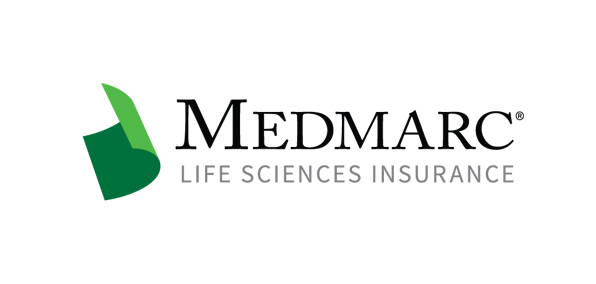When is a Drug or Device Misbranded?
The Federal Food, Drug, and Cosmetic Act ("FDCA") is a federal law that is a primary source for many rules that impact the pharmaceutical and medical device industries. The FDCA's intent is to protect consumers from various practices that, if not prohibited, would ultimately cause harm. One such protection concerns the "misbranding" of drugs and medical devices (collectively, "products").
Misbranding and Labeling
Misbranding occurs when a product's label is incomplete, false, or misleading. A product's label includes any written, printed, or graphic matter that appears on the product or its container. It also includes information that accompanies the product, such as advertisements for the product. However, not everything that mentions the product constitutes labeling. Information that is considered a part of a product's label tends to be information that supplements or explains the product.
Examples of Misbranding
The following are examples of misbranding:
- A label that does not contain adequate directions for use or necessary warnings.
- A label that does not contain precautionary statements about preventing deterioration of the product.
- A label that fails to prominently display required information.
- A label that includes instructions related to dosage or frequency or manner of use that if followed would be dangerous to the user's health.
Misbranding Considerations
There are several things to keep in mind concerning misbranding. For example, it is equally important to examine what is written as well as what is not written in a product's labeling. Affirmative representations and material omissions can result in a misbranding allegation.
Further, whether or not there was intent to misbrand a product does not matter. The fact that the product was misbranded is enough. Lack of intent, conscious or otherwise, while perhaps a mitigating factor, is not a sufficient defense against a misbranding allegation.
Lastly, misbranding can occur even if there is only one misstatement within numerous valid statements. Consequently, you should examine each statement on a product's label to determine whether it is complete, unambiguous, and true. When doing so, consider what each statement would mean to an average, reasonable user.
Case Study
Acme Co. manufactures an electrical muscle stimulator that causes intermittent contractions of muscles beneath the skin on which it is applied. As part of its labeling, Acme Co. represents that a "layman" could safely use the device; however, the label does not mention that use of the device could cause aggravation of pre-existing conditions the user may have. Because the labeling provides a false sense of security concerning the product's safety and fails to disclose potential adverse effects, the product is deemed "misbranded" and Acme Co. is prevented from further distribution of the product until it modifies the labeling.
For additional resources contact the Marketing department
Phone: 888-633-6272
Medmarc is a member of ProAssurance Group, a family of specialty liability insurance companies. The product material is for informational purposes only. In the event any of the information presented conflicts with the terms and conditions of any policy of insurance offered from ProAssurance, its subsidiaries, and its affiliates, the terms and conditions of the actual policy will apply.
Copyright © 2026 - Medmarc
